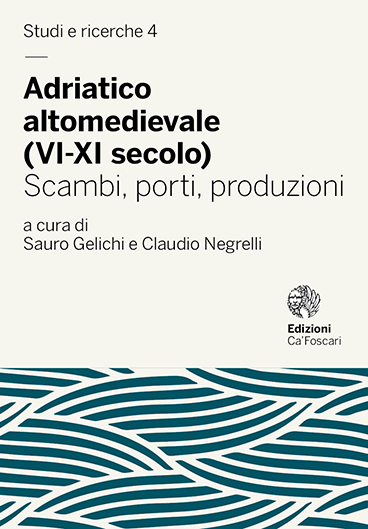- search 365 views
- file_download 29 download
- keyboard_capslock metadata
-
mark_email_readIscriviti alla newsletter
The Case of Medieval Komani
abstract
The site of Komani (the so-called Dalmace), situated on the mountainous part of north-western Albania, was known since the end of the 19th century for its rich cemetery. After the excavations during the 1980s, it results to be the widest early medieval cemetery ever excavated in Albania, dated from 6th to 8th century. Komani became the eponymous of an early medieval civilization, relating to several furnished inhumations and cemeteries in the western Balkans. This question has been renewed during this last decade, by the ongoing French-Albanian archaeological project in Komani and its surroundings. The aim of the research is to understand the history of the site from its origins, and to recognize its late antique and medieval organization within the broader territorial context. From the 7th century, Komani and the Drini River valley make a perfect case study of the mechanisms distinguished in the creation of medieval regrouping settlements in western Balkans, occurring all along the Middle Ages.
Keywords: Medieval archaeology • Hilltop settlement • Komani • Byzentine and Latin Church
permalink: http://doi.org/10.14277/6969-115-7/SR-4-9




